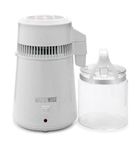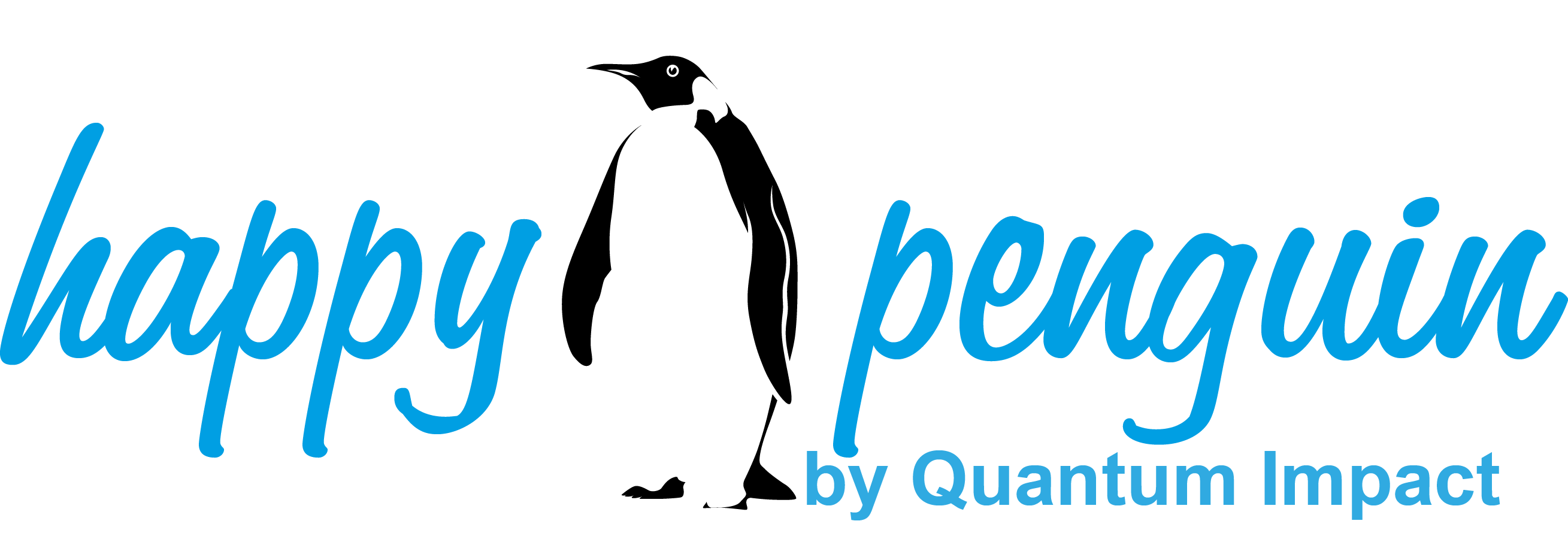 How it works
How it works
The distillation is the process which uses energy to heat water until it reaches its evaporation point. The idea behind it is that water boils at the lower point than most contaminants. Once the water reaches its boiling point and starts turning into vapor, the temperature is maintained in order to keep other particles present in the water from evaporating. Water vapor is captured through the system of pipes in another container, where it is allowed to cool, condense and return into its liquid state. All contaminants that have higher boiling point than water remain in the original container and are discarded. The newly obtained water is considered perfectly pure.
The advantages of distilled water
One of the most important features of the distilled water is that it is pure of bacteria and viruses. In many developing countries, where there is a significant danger of water-borne diseases, water distillation is still used to obtain clean drinking water. There also many countries where no other water purification methods are available, so distillation is the only way of getting clean drinking water.
In the countries where the tap water comes from the large municipal filtration plants, most of water contaminants are already removed, including heavy metals like lead, mercury or arsenic. Added chlorine removes most bacteria.
Distilled water issues
One problem with municipally treated water is added chlorine, which often exceeds healthy levels. Unfortunately, boiling point of chlorine and chlorine by-products is lower than water. Volatile organic compounds (VOCs), modern but common contaminants, also boil at lower temperature, and would remain in the water even after it has been distilled. Modern industrial distillers use charcoal to pre-filter water before distillation to remove chlorine and use special vents to remove VOCs.
Another reason why distillation is impractical today is the fact that we use far more water than we did in the past. Distillation is very uneconomical, and a lot of water is wasted in the process. For every five gallons of distilled water, only one gallon of purified water is collected. The rest is thrown away with the contaminants. Water distillation is also expensive, since the water has to be heated to 100 degrees Celsius.
Some people avoid distillation for water purification because it removes from water even the minerals that are beneficial for our health. But, with healthy balanced diet, the food is the main source of needed minerals anyway.
Perfectly purified water obtained with distillation is difficult to store because it can easily get contaminated with chemicals from plastic containers. Distilled water is more chemically ‘active’ and can more easily get contaminated because it does not contain any particles to which contaminants can bind. The best way to store distilled water is in glass containers.
Fortunately, a number of very effective water filters and filtering systems are available and are very economical. If you prefer your water completely free of all minerals, feel free to use distillation, but make sure that you get all the necessary minerals from the balanced diet.
